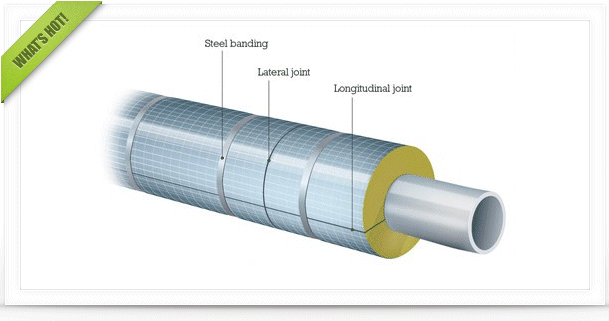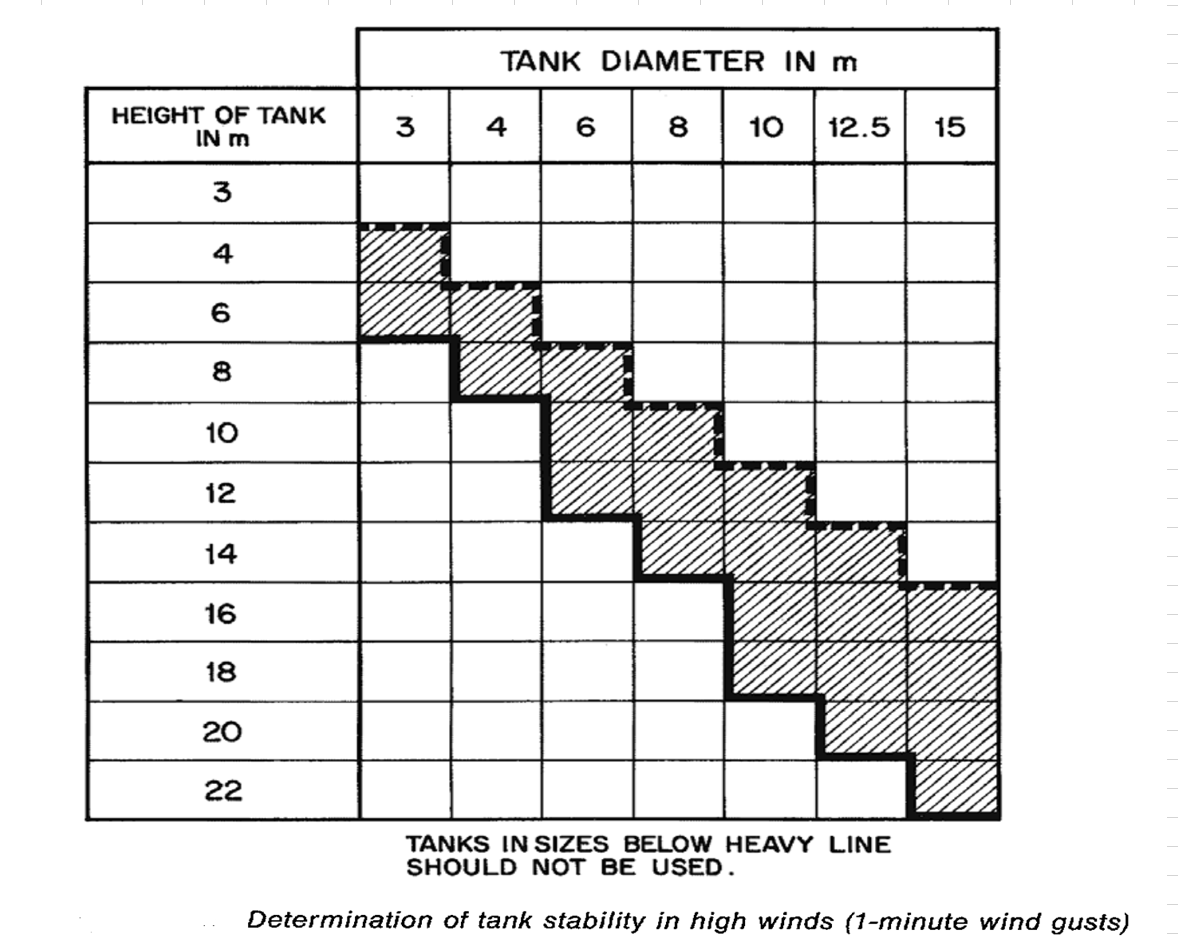Hi all,
I am trying to size a vertical knockout vessel/drum that receives a number of relief streams via a common emergency relief header. This is a knockout drum that is venting to atmosphere where there is no vapour cloud explosion risk. In addition, it will only receive single-phase vapour relief streams (mostly VOCs in fire relief situations).
I've been trying to follow the API 521 7th edition methodology mentioned in 5.7.8, 5.8.7 and Appendix C.3, but this is not a requirement. Since it is venting to atmosphere and there is no vapour cloud explosion risk it should be sized using design criteria for flare knockout drums according to the standard. So far so good.
I read Appendix C.3 (which is a detailed example on sizing a HORIZONTAL KO drum) and it all makes perfect sense until the point where at the end it starts explaining how a vertical KO should be sized. The formulae used basically are
Acs = Rv / Uv, where Acs is the required cross-sectional area, Rv is the vapour rate and Uv is vapour velocity which in this case is stated to be equal to the dropout velocity
and
D = (Acs * 4/pi)^1/2, where D is the drum diameter.
Is that it really? Having the above information one would just need to calculate the vessel's height?
If there was a requirement for a certain volume of storage for miscellaneous draining (as per equation C.14 for the horizontal drum case) how would that impact the calculation? If I understand the methodology correctly the Acs (as calculated above) is the minimum required cross-sectional area for effective vapour/liquid disengagement so any other liquid accumulation will just make the vessel bigger. For example if D was calculated as 1.5m from above and there was an additional requirement of 2,000L of liquid accumulation would the vessel just have to be made 1.3m taller (disregarding the volume of the bottom dish).
Kind regards,
Alex

 FB
FB











